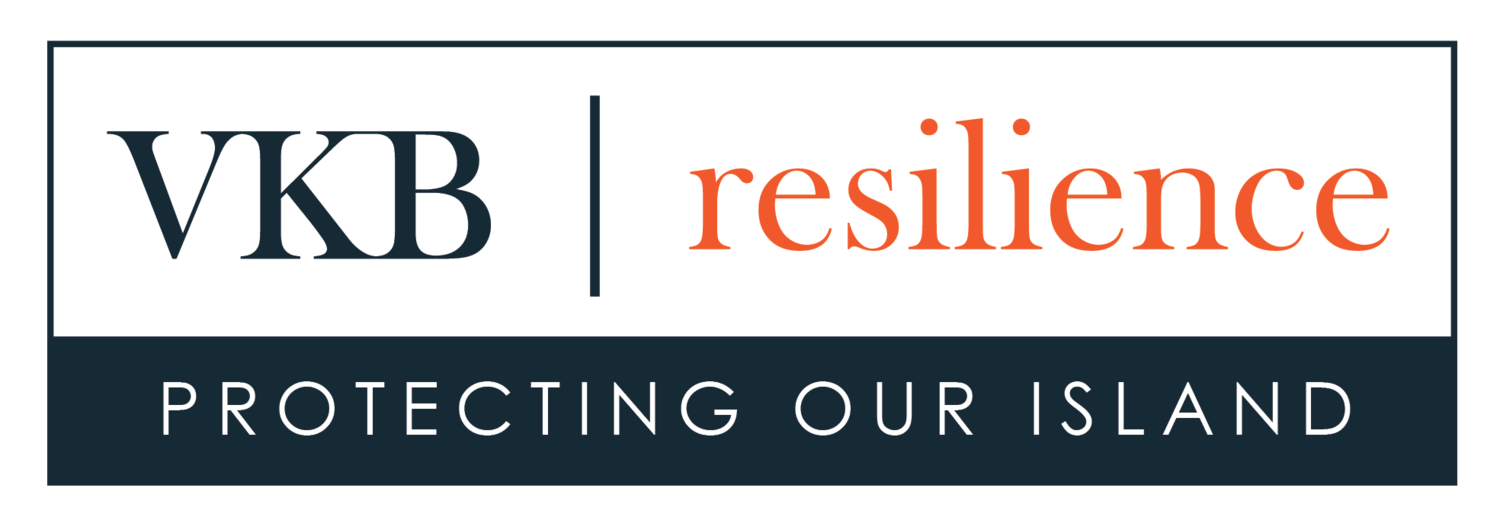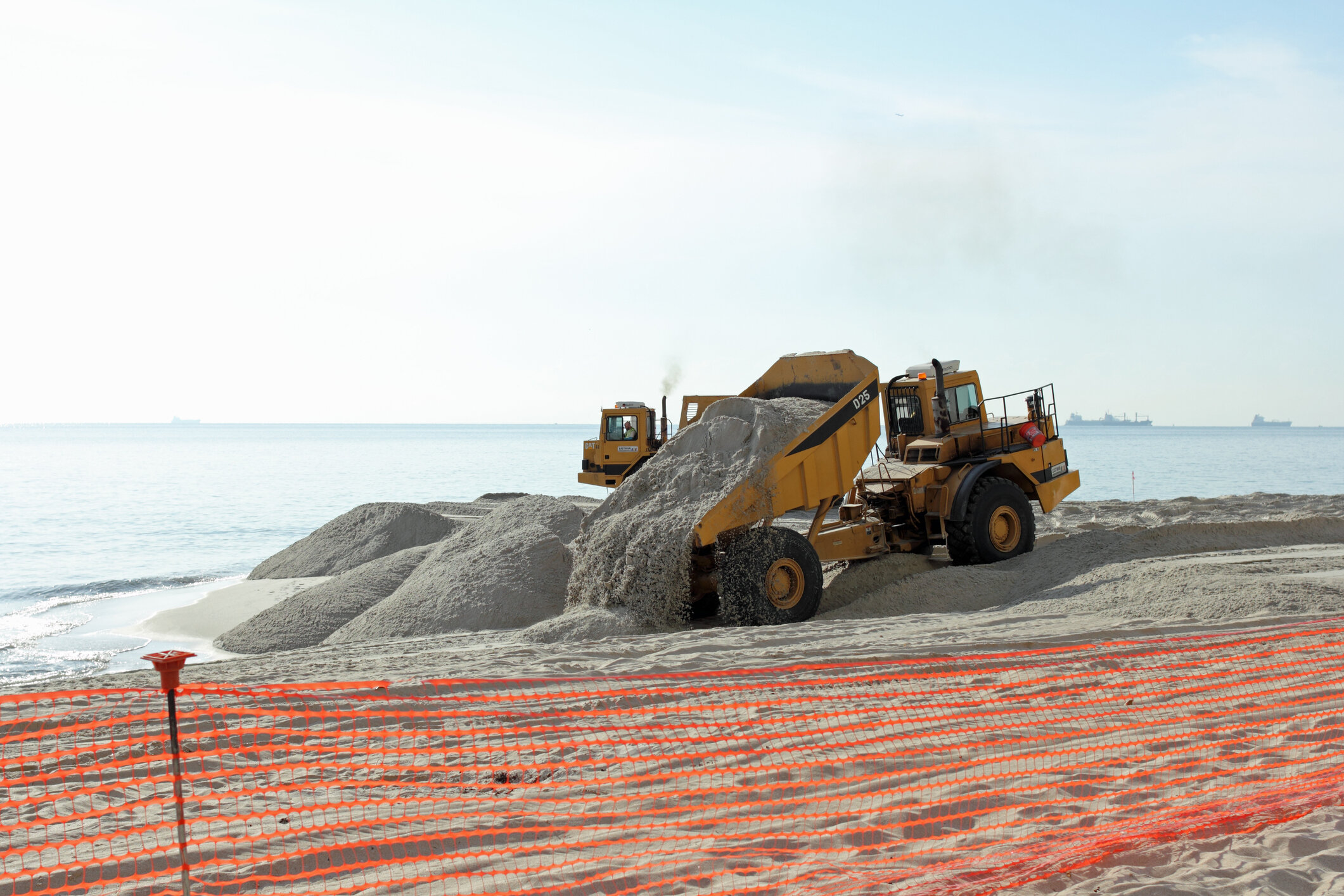
Protecting the Village’s Beaches and Shoreline
"Coastal systems typically include both natural habitats and man-made structural features. The relationships and interactions among these features are important variables in determining coastal vulnerability, reliability, risk and resilience. Coastal risk reduction can be achieved through several approaches, which may be used in combination with each other."
- National Oceanic and Atmospheric Administration (NOAA)
What does Shoreline Protection Mean for Key Biscayne?
Shoreline protection approaches vary by location, however, for the oceanside of the island, an integrated approach to risk reduction may include the incorporation of natural and nature-based features in addition to non-structural and structural measures to improve social, economic, and ecosystem resilience.
Beach Nourishment
In the near and long term, beach nourishment will continue to be an integral element of an overall management strategy with sand sourced from landside mines and/or offshore borrow areas.
Expansion of beach area is a clear benefit, however, rising sea levels and associated wave action remain an increasing long-term threat.
Dune Restoration
The coastal dune system in Key Biscayne is critical to maintaining a healthy and thriving shoreline. Because the dune and coastal strand communities in South Florida are the closest communities to the high-energy shoreline, they also serve as a key defense against erosion, sea level rise, and storm surge. Dune restoration/maintenance will be a second element of a shoreline protection strategy geared to sand stabilization.
Restoring vegetation on coastal dunes is important because vegetation helps stabilize dunes and provides essential habitat and food for many species of wildlife on the island including endangered species.
Submerged Breakwater
Lastly, integrating a submerged structure - such as a segmented breakwater or artificial reef - into the overall shoreline protection strategy will serve as a first line of defense to dissipate wave energy and sand erosion aggravated by sea level rise.
The main objective of the submerged breakwater is to extend the time between needed beach nourishment events while enhancing ecosystem function by creating artificial reef environments.
Shoreline Protection Fast Facts:
Solves:
Expands usable beach area
Lower environmental impact than hard structures
Vegetation strengthens dunes and increases their resilience to storm events
Dunes and submerged structure stabilize sand and reduce loss
Impacts of climate change and sea level rise are mitigated for a few more decades
Benefits + Impacts:
Protects and maintains property values
Enhances quality of life while supporting ecosystem function
Breakwater reduces wave force and height while creating an artificial reef environment.
Can lower water circulation thereby reducing erosion of shoreline
Does not eliminate high-water threat from storm surges
Highlights:
Impact:
Estimated GOB Project Cost: $23,300,000
Estimated Project Size: 1.25 miles
Estimated Duration: 10 years
Project Status: Pre-planning
Project Manager: PW / CRSO

“Enjoying a coastal environment comes with the responsibility to preserve its function as a living system.”
— Florida Department of Environmental Protection







